As we know plants are a very important part of an ecosystem. Plants use hormones to regulate physiological processes, much like how animals use hormones. Plant hormones are chemical messengers that control growth, development, and responses to environmental cues.
Plant hormones work in concert to coordinate various plant responses, enabling them to adapt to changing conditions and optimize their growth and development. The balance and interaction of these hormones are crucial for plant survival and successful reproduction. Plant hormones are also one of the most asked topics in class 10th biology section.
Plant Hormones
Plant hormones also known as Phytohormones, are essential chemical messengers that orchestrate a myriad of vital processes in plants. They control growth by influencing cell elongation, division, and differentiation through hormones. Plants have various hormones that play crucial roles in their growth and development. Some of the plant hormones are Auxin, Cytokinin, Gibberellin, Abscisic acid, and Ethylene. These hormones help respond to environmental cues and regulate their growth, ensuring they adapt and thrive in changing conditions.
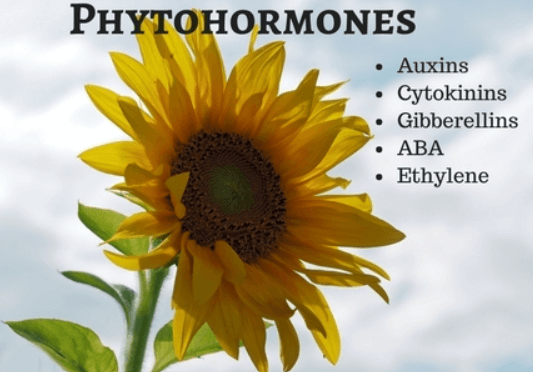
Plant hormones serve as chemical messengers that regulate a wide range of physiological processes, allowing plants to adapt and thrive in their ever-changing surroundings. Different hormones have specific roles, and their interactions are finely tuned to ensure proper growth, development, and survival.
Classification of Plant Hormones
Plant hormones are classified into two main types: Growth promotor and Growth inhibitor. The growth promotor hormones are Auxin, Cytokinin, Gibberellin, and Ethylene while the growth inhibitor hormones are Ethylene and Abscisic acid. Auxins stimulate cell elongation and tropisms, while gibberellins promote stem elongation and germination. Cytokinins drive cell division, abscisic acid regulates stress responses, and ethylene (it acts both as a growth inhibitor and growth promotor) influences fruit ripening and stress responses.
| Classification of Plant Hormones | |
| Hormone Type | Description |
| Growth Promoting Hormones | These hormones stimulate plant growth and cell reproduction. It includes Auxin, Cytokinin, Gibberellin, and Ethylene. |
| Growth Inhabiting Hormones | These hormones have opposite effects, as they inhabit or regulate the plant growth processes. It includes Ethylene and Abscisic acid. |
Types of Plant Hormones
Plant hormones are of two main types Growth inhibitors and growth promotors, which are further divided into five types: Auxin, Gibberellin, Cytokinin, Ethylene, and Abscisic acid. These plant hormones, or phytohormones, encompass a diverse array of chemical messengers that orchestrate crucial aspects of plant growth and development.
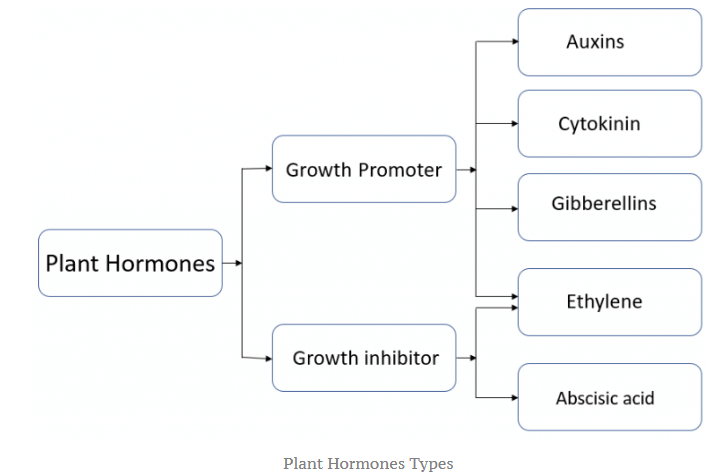
| Different Types of Plant Hormones | ||
| Plant Hormones | Functions | Effects on Plants |
| Auxin | Auxin helps in the growth regulation of a plant. | Promote cell elongation and apical dominance inhibition. |
| Gibberellin | Gibberellin helps in promoting the growth of the plant. | Helps in stem elongation and seed germination. |
| Cytokinin | Cytokinin helps in the regulation of cell division. | Promotes cell division and delays senescence. |
| Ethylene | Ethylene helps in the ripening of fruits. | Accelerate fruit ripening and promote leaf and flower abscission. |
| Abscisic Acid | Abscisic acid helps in the maintenance of the stress response | Induce stomatal closure during drought and inhibit seed germination. |
1. Auxin
Auxin is a class of plant hormones that play a fundamental role in the growth and development of plants. These hormones regulate various processes such as cell elongation, root and shoot growth, phototropism (response to light), gravitropism (response to gravity), and more. The most well-known auxin is indole-3-acetic acid (IAA), which is synthesized primarily in the growing tips of plant shoots and roots. Auxin is essential for tropisms, organ formation, and other aspects of plant growth and response to the environment.
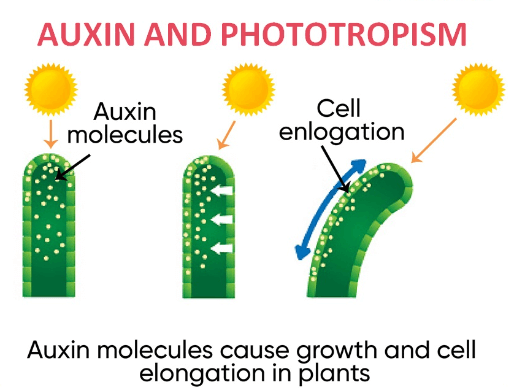
Functions of Auxin
- Auxins (e.g., Indole-3-acetic acid, IAA)
- Cell Elongation: Promote elongation of cells, influencing stem and root growth.
- Apical Dominance: Control the growth of the main shoot over lateral branches.
- Tropisms: Mediate phototropism (response to light) and gravitropism (response to gravity).
2. Cytokinin
Cytokinins are a class of plant hormones that have important roles in regulating plant growth and development. These hormones promote cell division and differentiation in various plant tissues, including roots, shoots, and embryos. Cytokinins are essential for processes like cell division, shoot and root development, leaf expansion, and the control of apical dominance (the suppression of lateral bud growth by the dominant apical bud. One of the most well-known cytokinins is Zeatin.
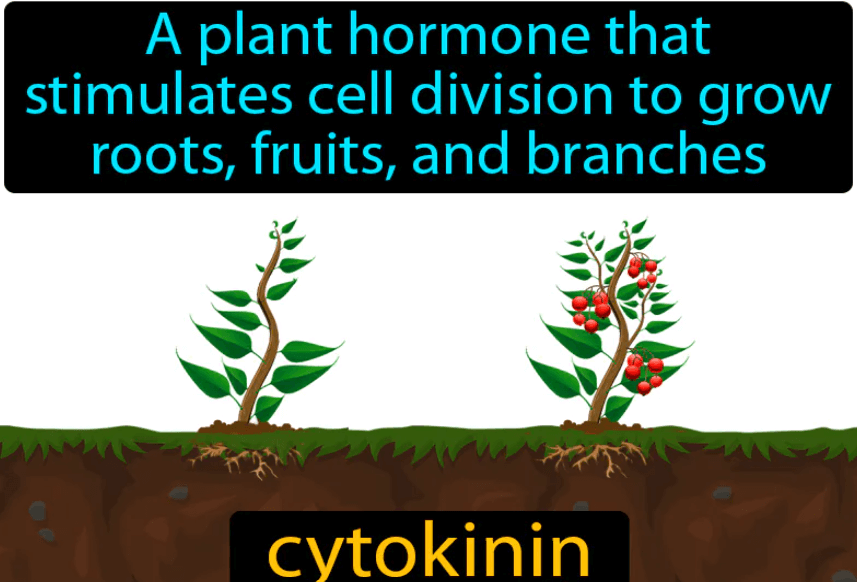
Functions of Cytokinins
- Cytokinins (CK)
- Cell Division: Encourage cell division and growth.
- Delay in Senescence: Retard aging and leaf senescence.
- Apical Dominance Release: Counteract auxin in branching control.
3. Gibberellin
Gibberellins are a group of plant hormones that play a key role in regulating various growth and developmental processes in plants. They can promote stem elongation, seed germination, and flowering, among other things. Gibberellins are important for plant growth and are used in agriculture to control plant height and improve crop yields.
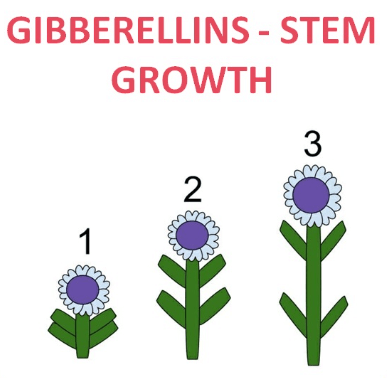
Functions of Gibberellins
- Gibberellins (GA)
- Stem Elongation: Stimulate stem growth and internode elongation.
- Fruit Development: Promote fruit enlargement.
- Seed Germination: Break seed dormancy and promote germination.
4. Ethylene
Ethylene is a gaseous plant hormone that plays a crucial role in various aspects of plant growth, development, and responses to environmental stresses. Ethylene is a crucial signaling molecule in plants, and its effects can vary depending on the plant species, developmental stage, and environmental conditions. It’s often used in agriculture to control fruit ripening and to manage the post-harvest storage of fruits and vegetables.
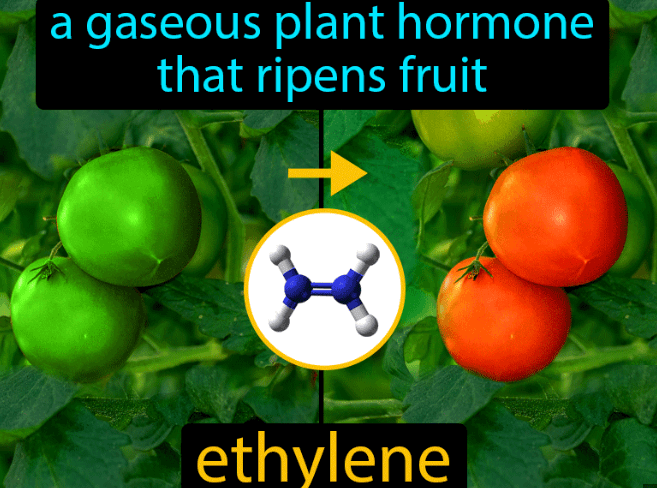
Functions of Ethylene
- Ethylene (C2H4)
- Fruit Ripening: Promote fruit ripening and senescence.
- Senescence: Accelerate leaf and flower senescence.
- Abiotic Stress: Respond to various stresses, including flooding and mechanical injury.
5. Abscisic acid
Abscisic acid (ABA) is a plant hormone that plays a crucial role in regulating various physiological processes in plants. Unlike Gibberellins, which promote growth, ABA generally inhibits growth and acts as a stress hormone. ABA is essential for a plant’s ability to adapt to changing environmental conditions and is a key player in stress response and growth regulation.
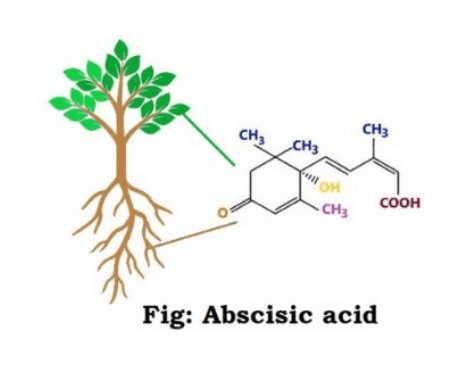
Functions of Abscisic acid
- Abscisic Acid (ABA)
- Stress Response: Trigger responses to abiotic stresses like drought and salinity.
- Seed Dormancy: Maintain seed dormancy and inhibit germination.
- Closing of the Stomata: Regulate stomatal closing to conserve water.
Functions of Plant Hormones
Plant hormones, also known as phytohormones, play crucial roles in regulating various aspects of plant growth, development, and responses to environmental stimuli. Here are some key functions of plant hormones:
- Auxin promotes cell elongation, which is essential for processes like stem and root growth.
- Cytokinins stimulate cell division and promote overall plant growth. It also delays the aging process in plant tissues and promotes overall plant growth.
- Gibberellins stimulate stem elongation, particularly in the internodes. It is involved in fruit and flower development, influencing size and shape.
- Ethylene is also known as a ripening hormone as it triggers the ripening process in fruits. It promotes leaf and flower senescence, leading to aging and shading of plant parts.

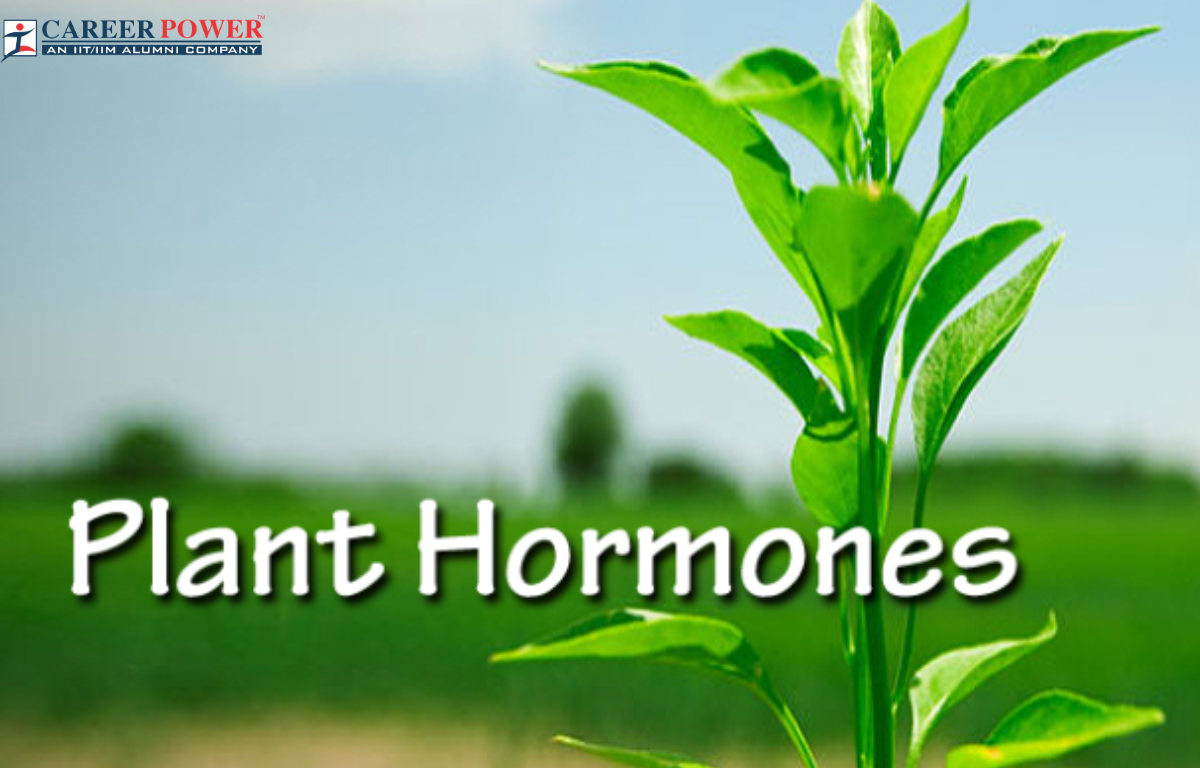

 50 Vegetables Name for Kids in English a...
50 Vegetables Name for Kids in English a...
 Food Chain: Definition, Types, Examples,...
Food Chain: Definition, Types, Examples,...
 Human Respiratory System: Definition, Di...
Human Respiratory System: Definition, Di...













